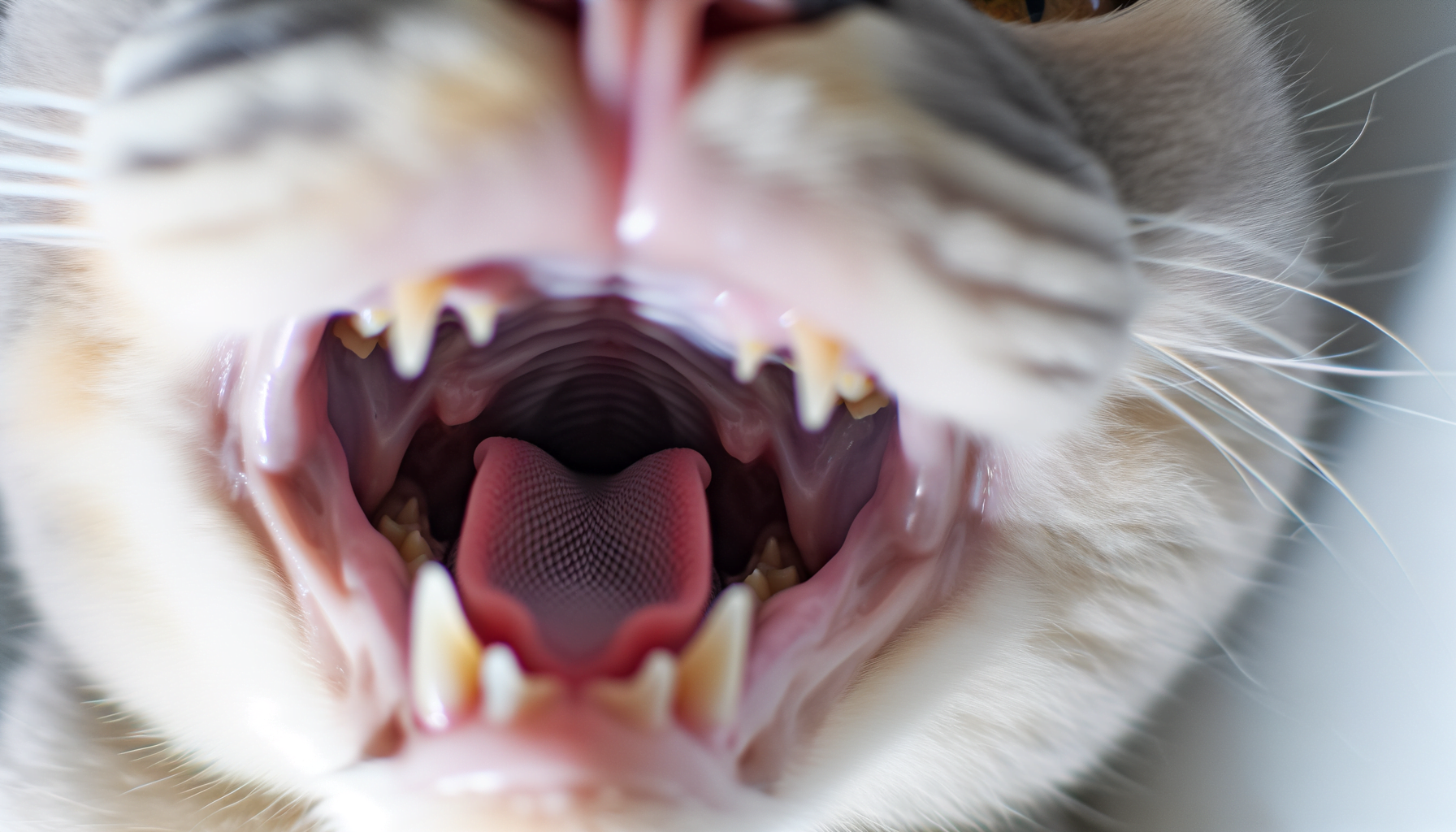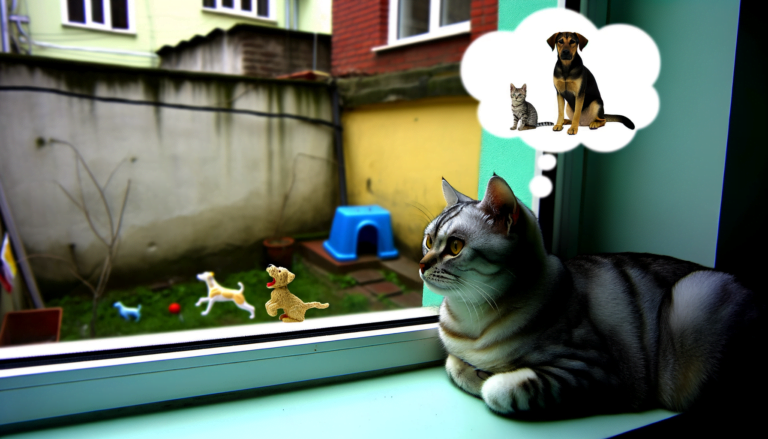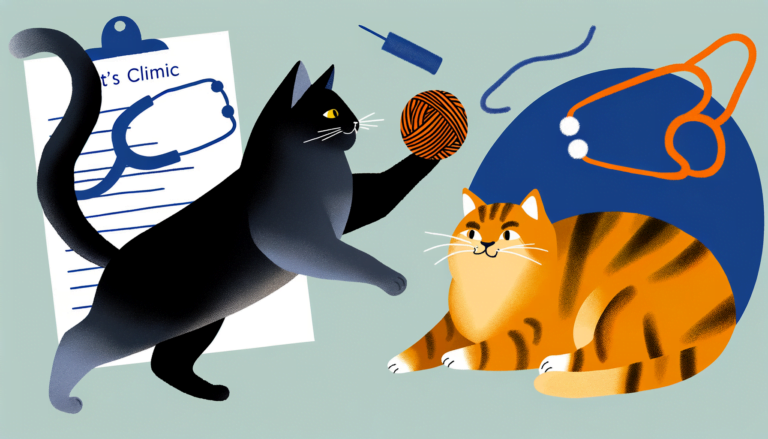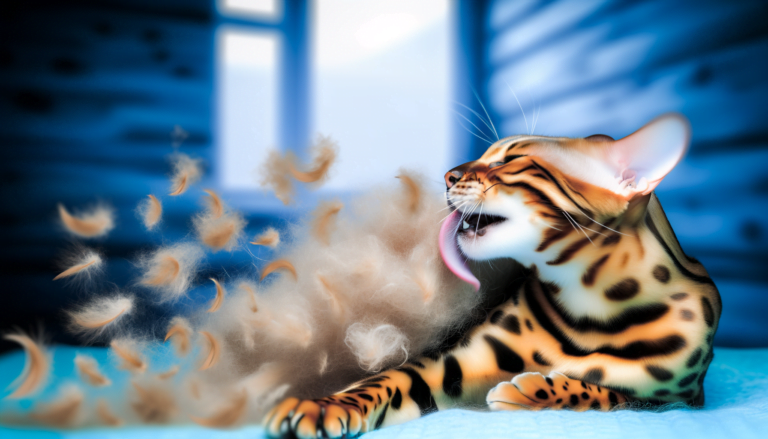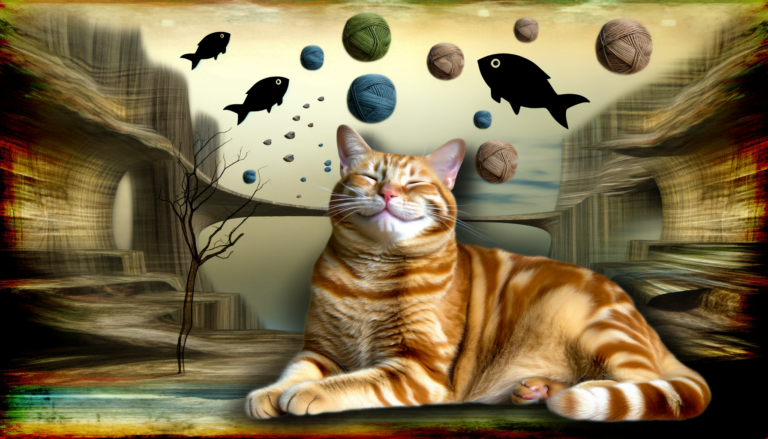Unraveling Feline Anatomy: Do Cats Have Uvulas?
No, cats do not have uvulas. The uvula, a small fleshy extension at the back of the human throat, plays a role in speech and prevents food from entering the nasal cavity. Cats, however, lack this feature. Their anatomical design differs from humans and they have other means of preventing food from entering their nasal cavity. Hence, the absence of a uvula does not in any way hamper a cat’s quality of life.
Addressing the Question: Do Cats Have Uvulas?
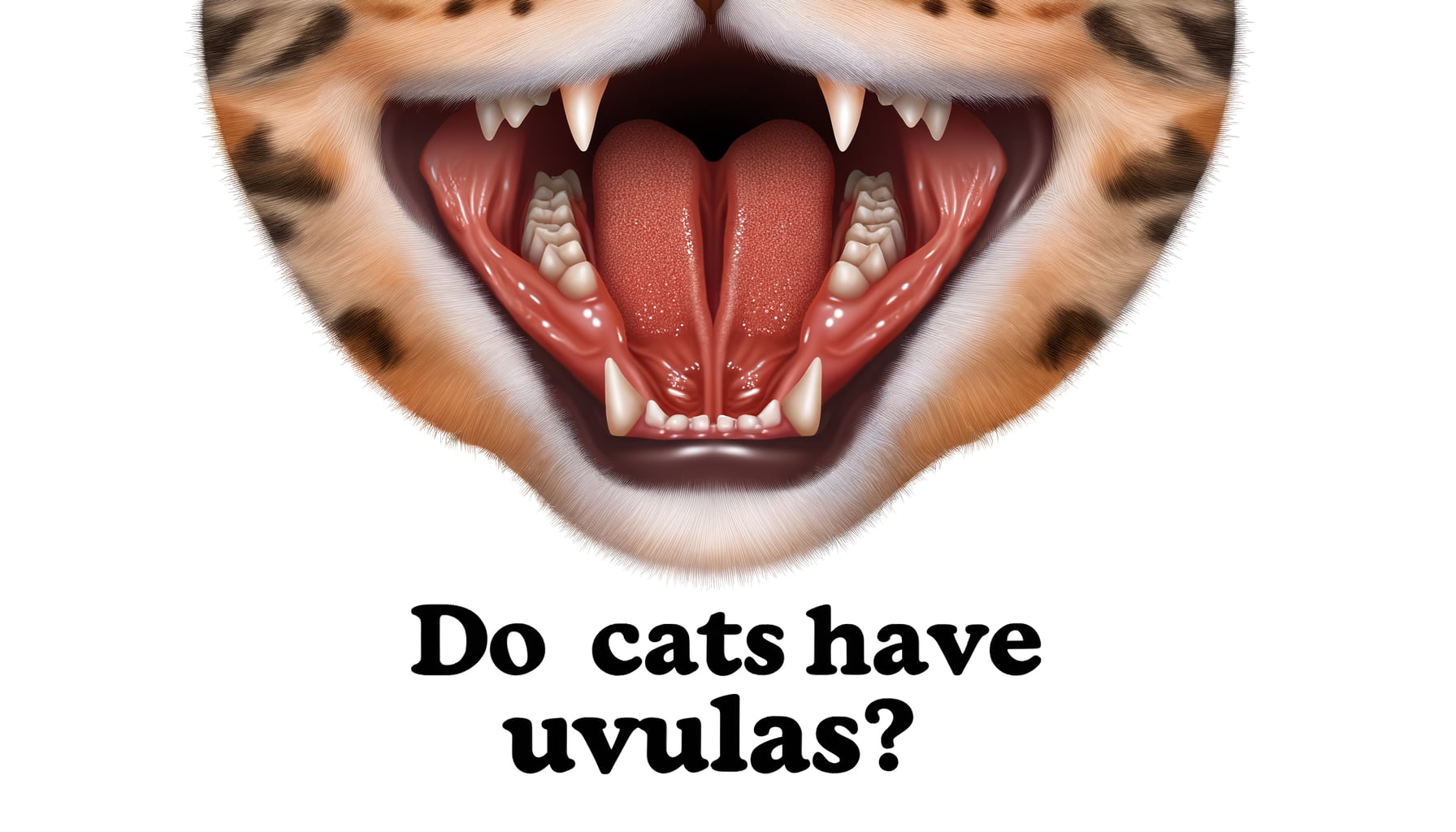
Addressing a frequently asked question, “Do cats have uvulas?“, provides intriguing insight into feline anatomy. Contrary to human anatomy, cats do not possess uvulas. The uvula – a fleshy extension dangling at the back of a human throat, plays no role in a cat’s oral structure.
Instead, upon inspecting a cat’s mouth structure, you will find the epiglottis, a leaf-shaped flap located above the larynx (voice box), acting as a similar safeguard. It prevents food particles from entering the windpipe during swallowing, a function similar to the human uvula’s role during speech and swallowing.
This distinctive trait of cats remains a result of their evolution. As obligate carnivores, their anatomy has adapted to a meat-eating lifestyle, rendering the uvula unnecessary. Therefore, their lack of a uvula does not impact their health or behavior, but rather underlines the fascinating diversity of mammals and their unique anatomical adaptations.
Understanding the Cat’s Anatomy: A Brief Overview
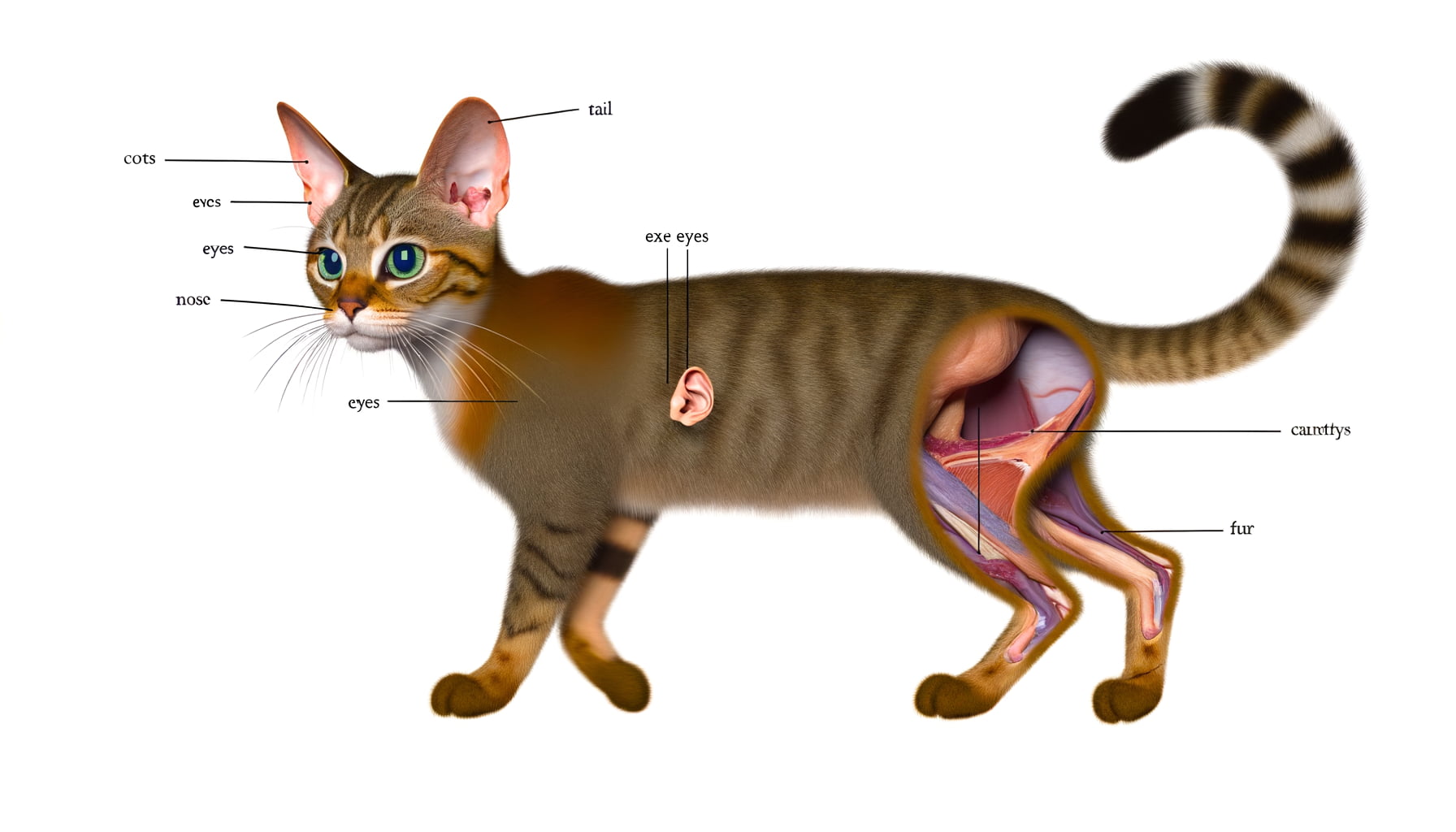
Feline anatomy may seem complex but is actually an intricate mesh of various systems working together, just like in humans. These systems enable cats to live their dynamic lives, providing them with exceptional agility and senses that make them supremely adaptable creatures. To understand a cat’s anatomy, it is essential to explore both internal and external biological structures, including musculoskeletal framework, organ systems, and sensory apparatus.
The anatomy of a cat is specifically tailored to serve its needs as a carnivorous creature. Cats have robust muscular bodies and a flexible spine that grants them remarkable agility. They have a distinct set of teeth, indicative of their exclusive meat-eating habits, and agile jaws that allow them to clamp down on prey swiftly.
Their sensory structures are also noteworthy. Take their eyes, for example; a layer of cells known as tapetum lucidum gives them superior night vision, an optimal trait for nocturnal hunters. Their ears can detect high-frequency sounds well beyond human capacity, while their skin and fur offer them both temperature regulation and sensory input. Try to appreciate the myriad wonders of feline anatomy as we delve deeper into this topic, particularly about the cat’s oral structure and, more specifically, the existence of uvulas in cats.
Comparative Analysis: Differences Between Human and Cat Oral Anatomy
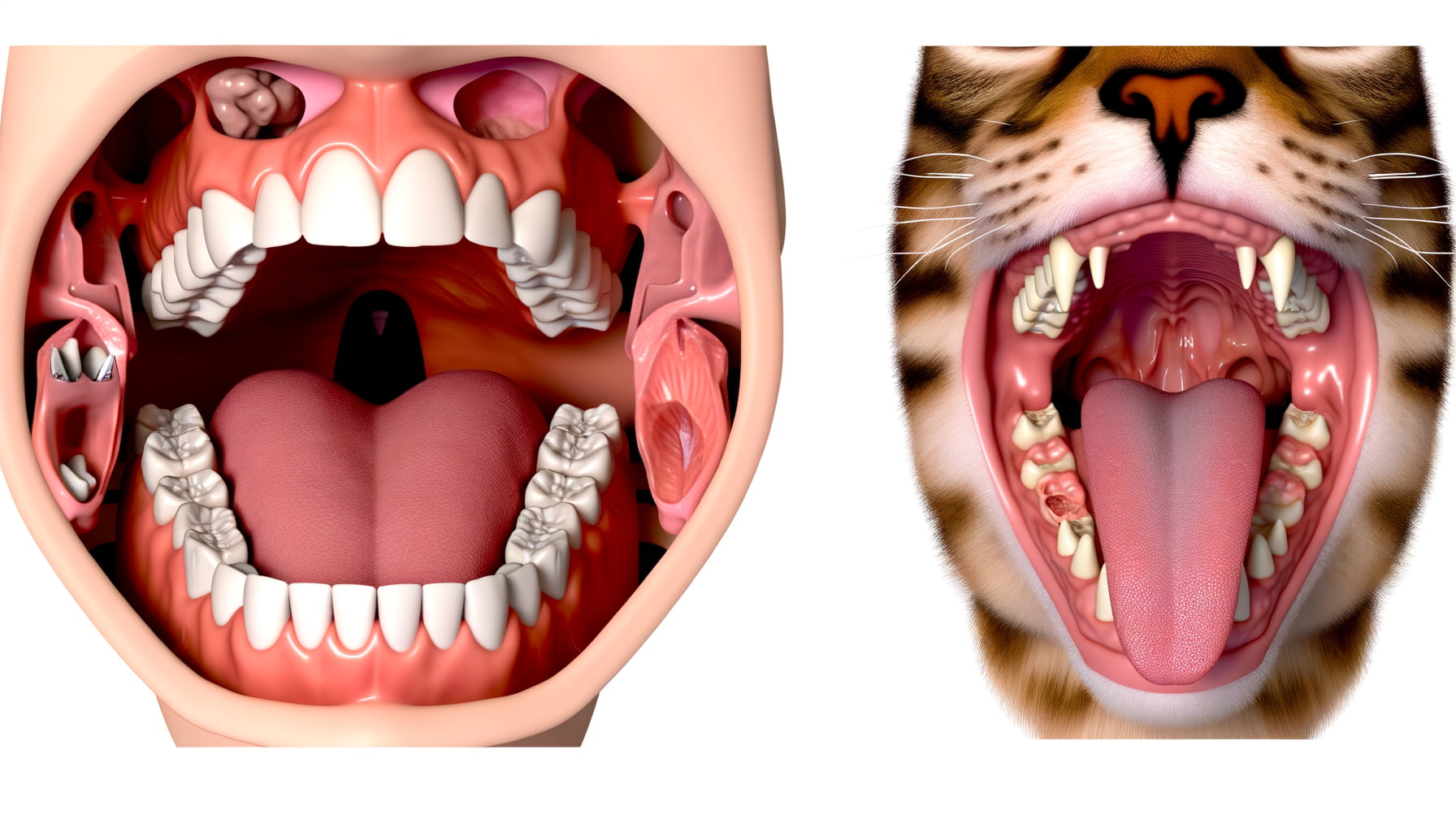
The oral anatomy of humans and cats showcases an array of dissimilarities that are as fascinating as they are essential. The most significant difference lies in the structural composition of the throat, specifically the presence or absence of the uvula. In humans, the uvula, a small, fleshy protrusion, plays a unique role in speech and prevention of throat dryness. However, our feline companions exhibit a marked absence of this integral human feature. Their oral configuration demonstrates that cats do not have a uvula, underscoring a major anatomical deviation from humans.
This divergence extends further into the overall structure of the oral cavity as well. While humans have a broad, flat dental arch to accommodate a varied diet, cats sport a narrow, U-shaped dental arch. This design facilitates a carnivorous lifestyle, optimizing for tearing and breaking down meat. In fact, even the dental formula differs substantially between the two species. Humans typically have 32 teeth, including the wisdom teeth, as opposed to cats who have merely 30. A further examination of the feline dental structure highlights sharp, curved carnassial teeth, a feature conspicuously absent in human dentition.
Last but not least, the difference in tongue texture provides another stark contrast. Our smooth tongues may find it difficult to imagine the rough, spiky surface of a cat’s tongue, lined with
The Feline Oral Structure Explored
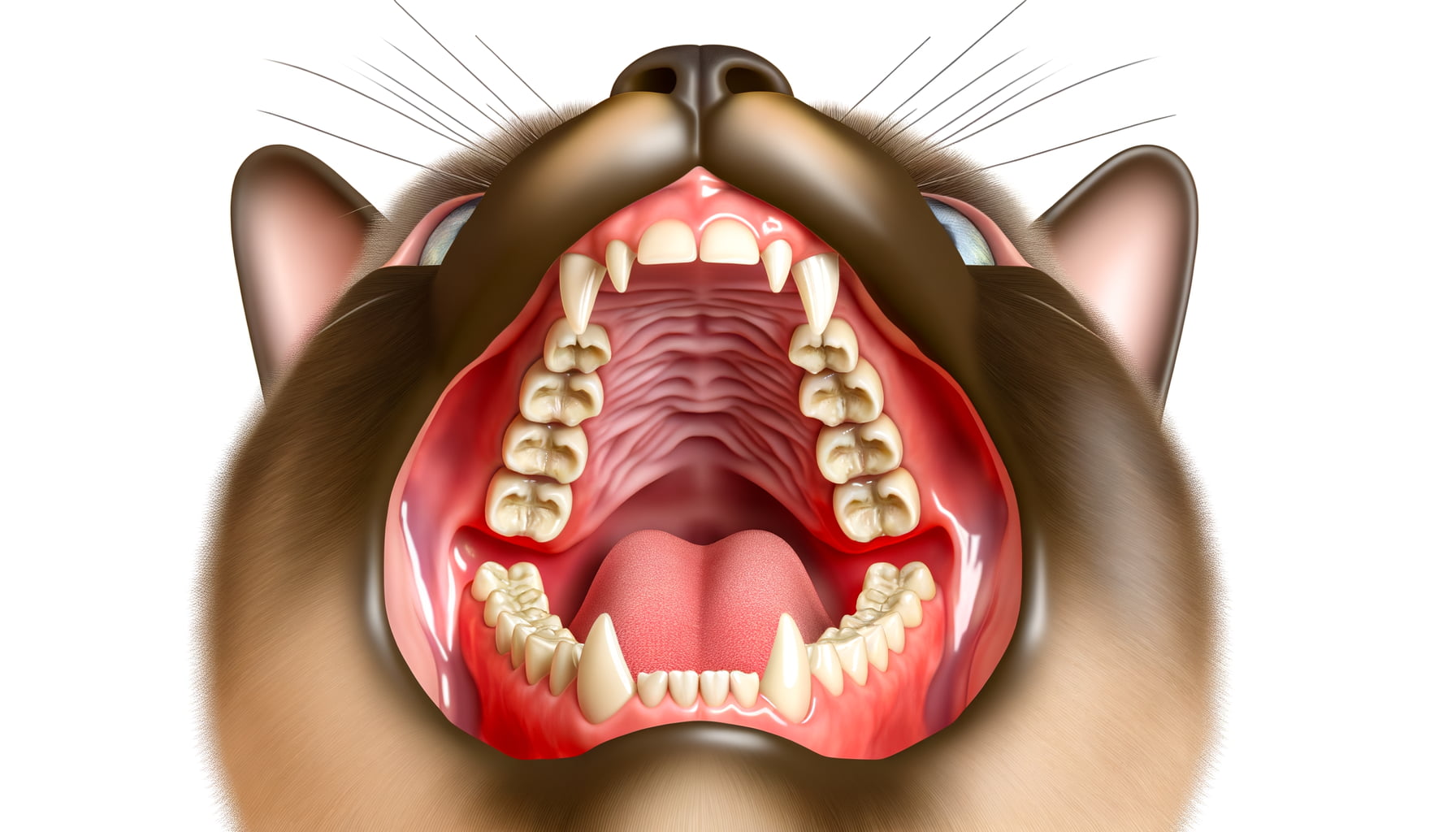
Within the intriguing world of animal anatomy, the oral structure of cats presents some remarkable nuances. When we talk about feline oral structure, we should understand it as a unique formation, different from that of humans. The cat’s mouth includes several critical components such as canine teeth, incisors, tongue, hard and soft palate, and indeed, a hint at a structure resembling the human uvula.
A characteristic quality of the feline oral cavity is its adaptation for a carnivorous diet, readily evident in the sharp canine teeth designed for hunting prey. Additionally, their abrasive tongue is specially adapted for grooming fur and scraping meat from bones. Unlike humans, cats’ mouths lack the flat molars we utilise for crushing and grinding food.
One notable attribute of the cat’s oral anatomy is the presence of a tiny, rounded structure at the back of their throat. While it bears some resemblance to a human uvula, it isn’t identical. We’ll explore the topic more exhaustively in the following section, where we question: Do cats actually have uvulas?
Conclusion
After diving into the intricate world of feline anatomy, the question of whether cats have uvulas remains unanswered. With conflicting opinions and limited scientific evidence, the mystery of this small structure in cats continues to intrigue both researchers and cat lovers alike.
As we unravel the complexities of our furry friends, one thing is certain – cats never fail to surprise us with their unique physiology. Whether or not cats possess uvulas, their mysterious nature only adds to the allure of these enigmatic creatures.
